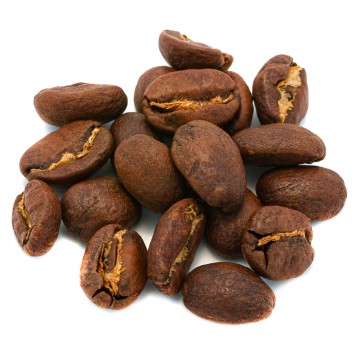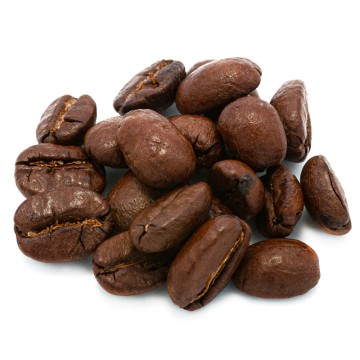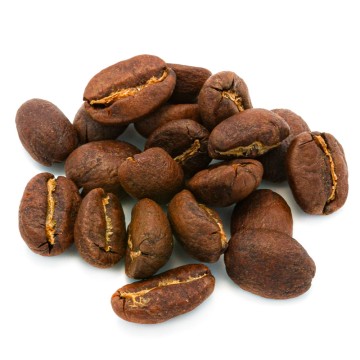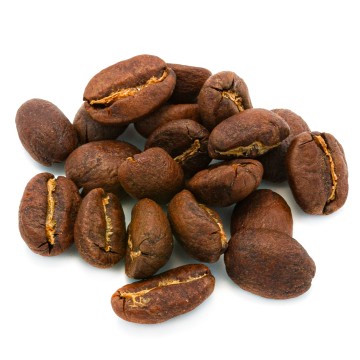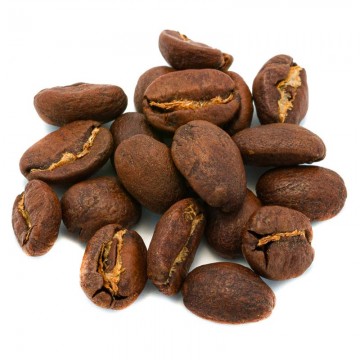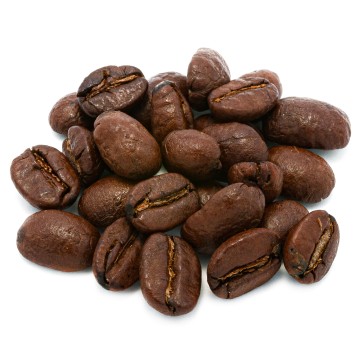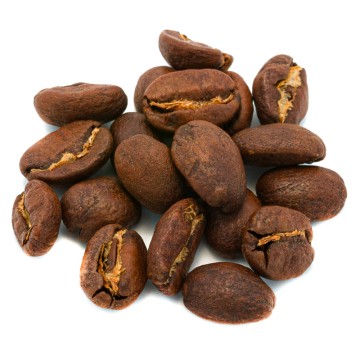The combination of coffee and pistachio is a classic, so much so that pistachio creams designed specifically for adding them to coffee are on the market. There are delicious recipes that combine coffee, cream and pistachio. In this case, however, it is the coffee beans that are flavored with pistachio.
The pistachio and the coffee plant, origin of the plants and diffusion
The history of coffee in Europe begins in 1600, it seems that the first point of diffusion was Vienna where the Turks introduced it, after all, as we have repeatedly recalled, this is the reason so the adjective arabica was added to the name of the Coffea plant, only to later discover that the true point of origin is Ethiopia. It arrived in Italy at the end of 1600 in Venice, introduced by a Venetian who brought it from Vienna. In the mid-1700s Venice was already full of cafés and they were spreading throughout Italy. We have mentioned Coffea arabica which is certainly the most appreciated species of the Coffea genus, but coffee can be obtained from all the plants of the Coffea genus, in practice however the international market is dominated by only two plants, Coffea arabica (the most prized and requested from the market) and Coffea canephora (which is commercially called "robusta"), the only other plant of the Coffea genus worthy of mention is Coffea liberica, not so much because coffee is made with it in Liberia but because some varieties of arabica were obtained from crosses that also included Coffea liberica in an attempt to select varieties that were a little more resistant to the terrible rust of coffee leaves, in fact Coffea arabica is the most vulnerable of all Coffea species to the plague caused by the fungus Hemileia vasttrix . Coffea arabica is a small tree or more properly an evergreen shrub, which belongs to the Rubiaceae family. In nature it can reach about ten meters in height, it can also be grown in pots, in this case it usually stops at one meter, rarely it can reach two. It has elongated, oval leaves, pointed at the end.
The fruits (drupes) are produced starting from at least the sixth year of life, this was an obstacle to the introduction of the plant in Central and South America, authorities and missionaries had to push a lot, having understood the enormous economic potential that was at stake, because the farmers were used to plants that bore fruit immediately. Speaking of fruits, it is easy to find drupes on the same plant at different levels of ripeness and therefore of different colours, this makes Coffea arabica a plant that also has a pleasant appearance, however to obtain good growth it needs to be avoided both at low or too high, ideally it should always be around 20°C. The origin of the pistachio plant is between Iran and Afghanistan, the former is still the largest producer in the world.
The food use of pistachio is truly ancient, archaeological findings made in Uzbekistan prove that it was already cultivated in the Bronze Age, but it was commonly consumed as early as 6750 BC. From the Natural History of Pliny the Elder we learn that the pistachio was introduced to Europe by the Roman proconsul in Syria, Lucius Vitellius. The spread to the rest of the world occurred by the British in the English-speaking countries and the British Empire. The pistachio (scientific name: Pistacia vera) is a desert plant that tolerates saline soils well, belongs to the Anacardiaceae family and appears as a medium or small sized tree, reaching about ten metres. It produces a fleshy fruit with a woody heart, i.e. a drupe, but as is known in this case we throw away the fruit and keep the stone because the edible part is the seed, oval in shape and bright green in colour, enclosed by a rigid peel. Pistachio has a two-year cycle, that is, it alternates years of greater production with years of rest. Unlike what is done with other crops, in pistachio cultivation there is no attempt to interfere with these rhythms and the harvest is carried out every two years.</ p>
The fruit, once ripe, splits and lets the seed fall, a characteristic that has probably been selected by men over the many centuries, or rather millennia, in which it has been cultivated. The plant, like the coffee plant, requires a few years to start bearing fruit. After all, it is a slow-growing plant but can be very long-lived and live up to 300 years. The peak of production is reached around 20 years of age. age.


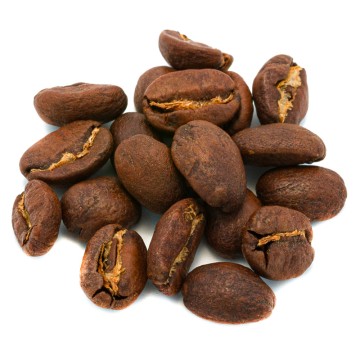
 No reward points for this product.
No reward points for this product.
